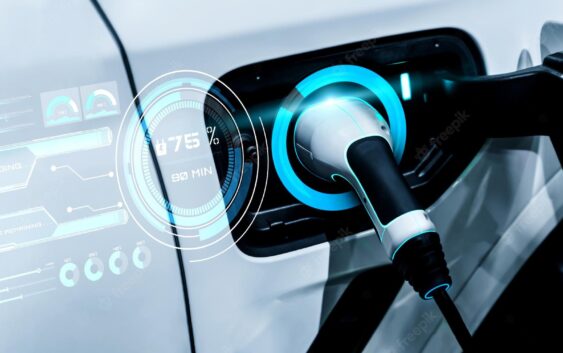The Rise of the Electric Charger in a Green World

The rechargeable lead-acid battery has existed since the 19th century, and it was trusted to power early motor vehicles. In fact, these Electric Charger models made up a majority of early motor vehicles and were especially popular in cities due to their lack of smoky exhaust. Eventually, advancements in the internal combustion engine resulted in a gradual takeover of the vehicle market by gasoline-powered cars.
Beginning with the oil crisis in the 1970s, Americans have become far more aware of the efficiency of their vehicles and the cost of transportation. This initial price fluctuation resulted in the shift from the classic muscle cars of America’s past to the compact and efficient vehicles found in Germany and Japan. This represented the first major blow to American vehicle manufacturing and a major change in the way people looked at oil-based products.
At first, the focus was solely on achieving the greatest fuel economy. But over time, Americans became more aware of the oil industry’s effects on the world. The combination of these economic concerns and growing environmentalism led to the development of alternative-energy vehicles like the electric car. The crisis of the 70s end, so alternative energy was briefly shelve again. The 1990s began a true resurgence in research for alternative energy or higher-efficiency vehicles. The first popular attempt was the hybrid vehicle, which uses both a traditional gasoline engine and an extended storage battery.
The largest obstacle to creating an appealing alternative energy vehicle has been attaining high speed. And long-range capabilities comparable to a gasoline engine. Another obstacle has been creating a high-speed electric car charger. In order to compete with the traditional internal combustion engine. These new vehicles needed to be able to recharge quickly for long-distance driving. Drivers needed an electric equivalent to the gas station in order to drive long distances for work or travel. So consumers were hesitant to purchase all-electric vehicles until a rapid electric car charger was create.
